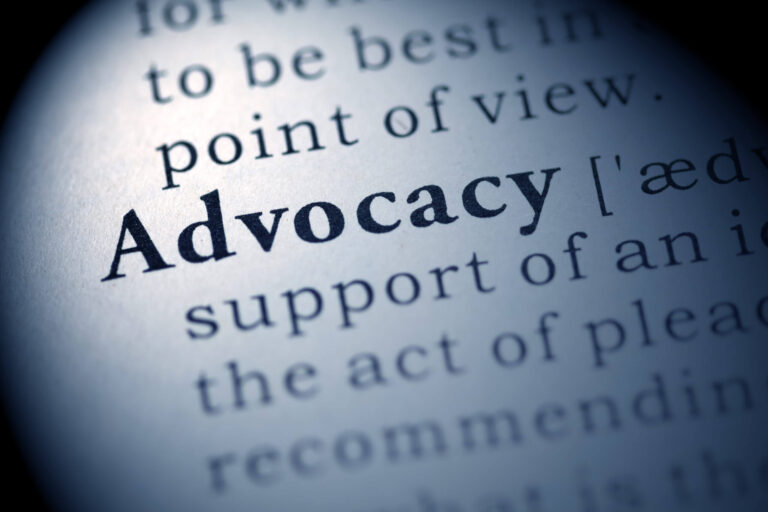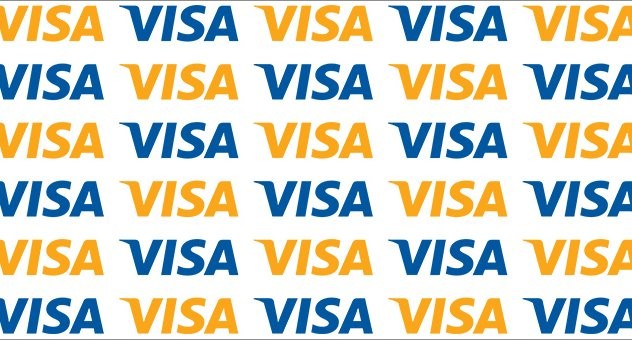Here are 3 helpful tips to prevent financial losses because of chargebacks: 1. Document everything. Literally everything, including exclusions. 2. Keep good records, and have them readily available. 3. If you do issue a full or partial refund to resolve the chargeback, be sure to issue it digitally on the card you originally charged. DO NOT REFUND A CREDIT CARD PAYMENT VIA CHECK.
BEGIN TRANSCRIPT:
Ladies and gentlemen, boys and girls, it’s your boy, Jaron Rice, founder and CEO of Magothy Payments, Maryland’s highest-rated merchant services provider. We help business become more profitable by lowering their costs of credit card acceptance and decreasing their time spent on payment reconciliation. Today, I want to give you three tips to help ensure that you don’t get ravaged by a chargeback.
Tip #1: Document everything. When I say everything, I mean everything.
Now, a lot of home improvement companies are really good about documenting on the actual contract. Home services companies, you guys need a little bit of help. Often times a plumber, electrician, HVAC contractor, they’ll do pretty good with the actual proposal. But I’ve seen from our clients and other prospective clients that a lot of times the actual agreed upon scope of work is not actually documented in the form of a signed contract. That is problematic because you can have someone who understands how chargebacks work as a customer and intentionally give you the runaround because things are not documented properly, so keep good records.
Make sure that everything is documented, and even document the exclusions. If you are a roofing company and you suggest replacing skylights because they’re old and the flashing is damaged and there’s a potential for leaks and the customer declines because of the cost, put that on the agreement that we have recommended replacing the skylights because they’re old and the flashing has gone bad, and they’re probably going to leak and we’re not responsible. Put that on the agreement and have them sign it so that eight months down the road when it does leak like you said it would, they have no ground to stand on for a chargeback. Because if you don’t, you’re automatically going to look suspect if you just replace a roof and now it’s leaking. So keep that in mind.
Tip #2: Keep good records of everything that you document and have it readily available.
There are some companies like our company. We assist our clients with the chargeback process, so myself and my team, we will craft the dispute letters on your behalf after we get your side of the story. But we need the signed agreement. We need any change addendums. We need the exclusions and things like that to be able to submit to their issuing bank, to the processor, to the card brand so that they can get an overview of what’s actually happening. The quicker you get this process done, the better it’s going to be. Typically you have 30 days to respond, but, if you spend 15 days trying to get your records together, then that gives you very little wiggle room to get follow-up documentation if they need it. So keep good records and have those documents readily available.
Tip #3: If after the client has issued a chargeback you decide that you are going to issue a refund or a partial refund so that the chargeback just goes away and you really don’t want to deal with this customer, please, please, please, please, please make sure that you’re issuing a refund the same way that you collected the payment.
If you took a credit card, then you need to issue a refund back to that credit card. Do not give them a check because through the process of the chargeback, if you issue a refund, you then have a digital documentation of that transaction in the processor system that they can see and verify. If you give them a check outside of that transaction, the chargeback doesn’t automatically go away because then they have to take the time to actually verify that you did issue them a refund through another means. And if you have a sheisty client that is trying to get over, they can say, “I never got a check.” So then you’re starting over.
The downside to this is you’re going to have to float that money twice. So let’s just say it’s a $1,000 transaction. They’ve issued a chargeback. The bank has pulled the $1,000 from you and is holding it in escrow while the investigation is going on. If you issue a refund to get that chargeback to go away, that’s another $1,000. But it’s going back to the customer and then you have documentation that the issue has been resolved so that your original $1,000 gets returned. Now if you do this properly, it shouldn’t be a long, drawn-out process, typically two or three business days, but it could take a couple of weeks depending on the processor that you’re working with.
So those are three tips to hopefully help you avoid the pain of losing money on a chargeback. Because we work primarily with home improvement companies, home services companies, B2B and large ticket merchants, we assist our clients with chargebacks quite frequently. It’s not necessarily because our clients are doing anything wrong. Sometimes consumers are not great, and they issue chargebacks on silly stuff.
If you found this information beneficial, please consider subscribing for more content. If you need to reach us, again, I’m Jaron Rice with Magothy Payments 855-MAGOTHY, 855-624-6849 or magothy.biz. Catch you guys in the next one.






